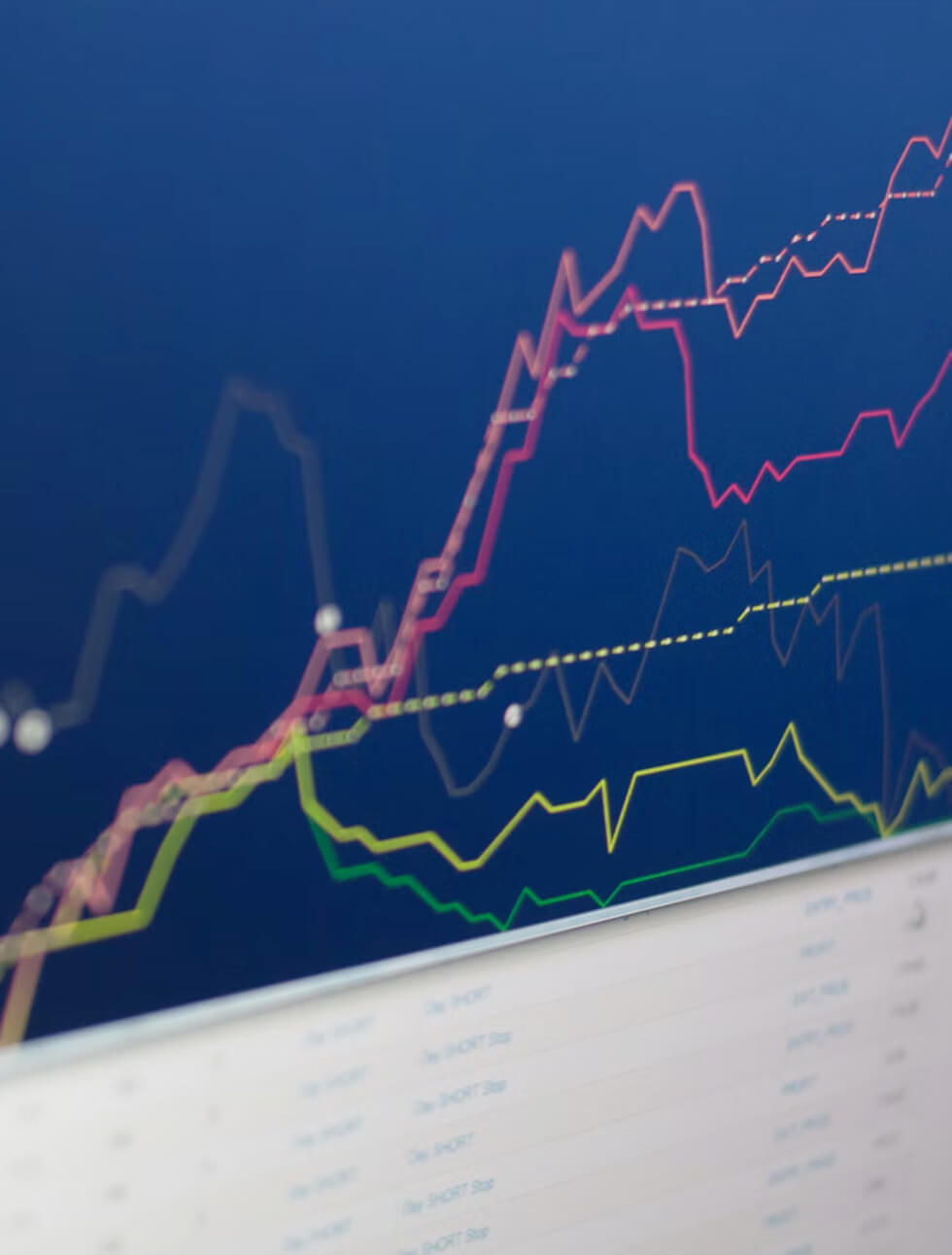Last week witnessed notable developments in global monetary policy and inflation rates.
In the United States, the inflation rate cooled off in May, reaching its lowest annual level in over two years. The consumer price index, which measures changes in a wide range of goods and services, saw a mere 0.1% increase for the month, resulting in a decrease in the annual rate from 4.9% in April to 4%.
This marks the smallest 12-month increase since March 2021, which witnessed the onset of an upward trend in inflation, ultimately reaching a 41-year high.
While price pressures have somewhat eased, core inflation, excluding volatile food and energy prices, rose 0.4% for the month, remaining 5.3% higher than a year ago. This suggests that consumers continue to face challenges despite the moderation in overall inflation.
On the other hand, the European Central Bank (ECB) took a different stance, raising interest rates by a quarter of a percentage point despite evidence of a mild recession in the Eurozone. The ECB’s move signifies the eighth consecutive rate hike since July, as part of its ongoing efforts to combat inflation.
While inflation in the euro area has eased, it remains significantly above the ECB’s 2% target, raising concerns about persistent price pressures.
Following the ECB’s announcement, the euro strengthened across currency pairs, with the EUR/USD pair experiencing a jump and recapturing a major trendline. Simultaneously, the EUR/JPY pair soared to its highest level in nearly 15 years.
In the United Kingdom, the Bank of England (BoE) is poised to raise interest rates by a quarter point to 4.75%, marking the 13th consecutive rate increase. BoE Governor Andrew Bailey expressed concerns about stubborn inflation and a tight labor market.
Market participants anticipate a 25 basis point hike during the upcoming BoE rate decision, following a week focused on key UK economic data, including the Consumer Price Index (CPI) on Wednesday.




